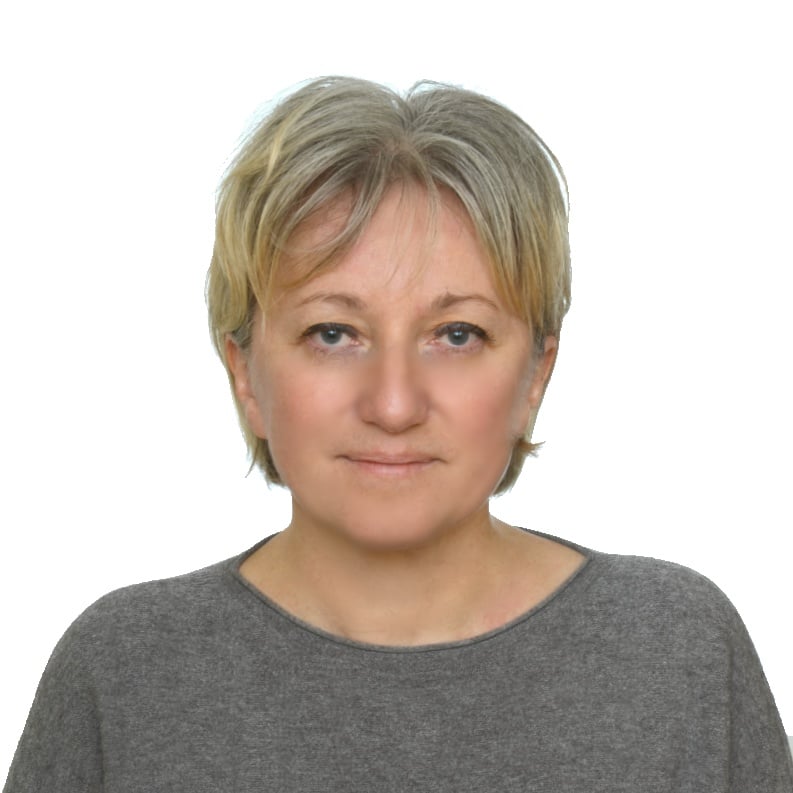Cloud-Based IoT Applications for Smart Cities
A special issue of Smart Cities (ISSN 2624-6511). This special issue belongs to the section "Internet of Things".
Deadline for manuscript submissions: closed (31 March 2022) | Viewed by 83532
Special Issue Editors
Interests: software engineering; information systems security; multi-agent-based systems; cloud computing; internet of things; mobile security; blockchain; data analysis; machine learning; data processing; distributed systems
Special Issues, Collections and Topics in MDPI journals
Special Issue Information
Dear Colleagues,
The idea of the smart city connects many IT systems that improve and automate various aspects of everyday life. The effect of implementing the smart city idea is the popularization of access to information about the city, plans for further development, improving the work of offices and municipal institutions, better investment conditions, improved communication, improving the functioning of municipal services, improving the conditions of the environment, increasing safety, increasing the number of cultural and sports activities and opportunities to spend free time, as well as the active participation of residents in development and improvement.
Thanks to Internet of Things devices, it is possible to automate tedious processes related to measurement and data transfer, and it is also possible to control the mechanisms remotely. In a smart city, there are many different types of sensors that collect information about the environment and send it to the central office. The question is: What to do with such a huge amount of data? Where to store it and how to manage it effectively? This is where cloud computing comes in handy.
The main goal of this Special Issue is to analyze the possibilities that arise from the use of Internet of Things and cloud computing in the idea of the smart city, both for technical and utility reasons, as well as for the development of ICT.
Prof. Dr. Aneta Poniszewska-Maranda
Dr. Witold Maranda
Guest Editors
Manuscript Submission Information
Manuscripts should be submitted online at www.mdpi.com by registering and logging in to this website. Once you are registered, click here to go to the submission form. Manuscripts can be submitted until the deadline. All submissions that pass pre-check are peer-reviewed. Accepted papers will be published continuously in the journal (as soon as accepted) and will be listed together on the special issue website. Research articles, review articles as well as short communications are invited. For planned papers, a title and short abstract (about 100 words) can be sent to the Editorial Office for announcement on this website.
Submitted manuscripts should not have been published previously, nor be under consideration for publication elsewhere (except conference proceedings papers). All manuscripts are thoroughly refereed through a single-blind peer-review process. A guide for authors and other relevant information for submission of manuscripts is available on the Instructions for Authors page. Smart Cities is an international peer-reviewed open access semimonthly journal published by MDPI.
Please visit the Instructions for Authors page before submitting a manuscript. The Article Processing Charge (APC) for publication in this open access journal is 2000 CHF (Swiss Francs). Submitted papers should be well formatted and use good English. Authors may use MDPI's English editing service prior to publication or during author revisions.
Keywords
- smart energy
- smart buildings
- smart technology
- IoT-based applications
- cloud storage and processing for smart cities
- data science for smart cities
- security for smart cities






